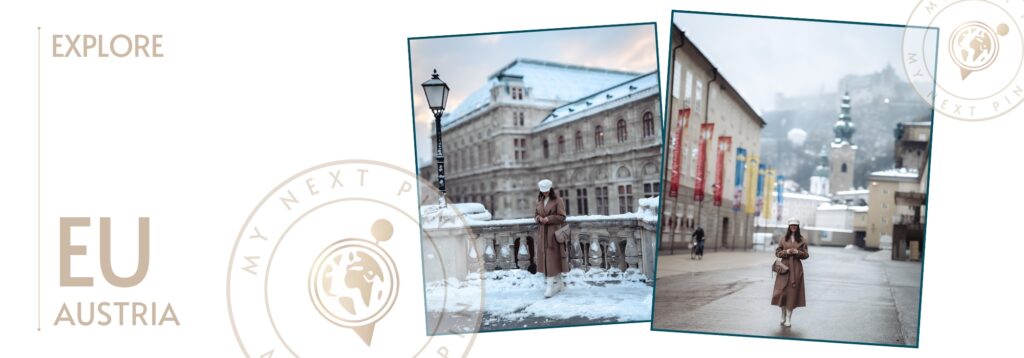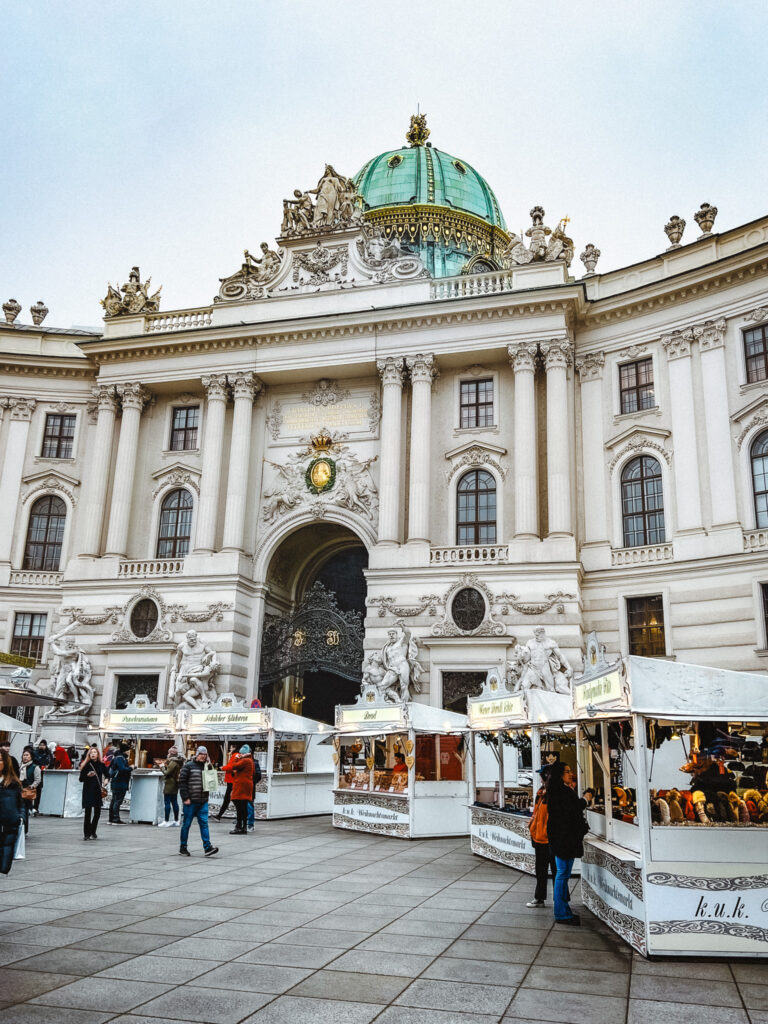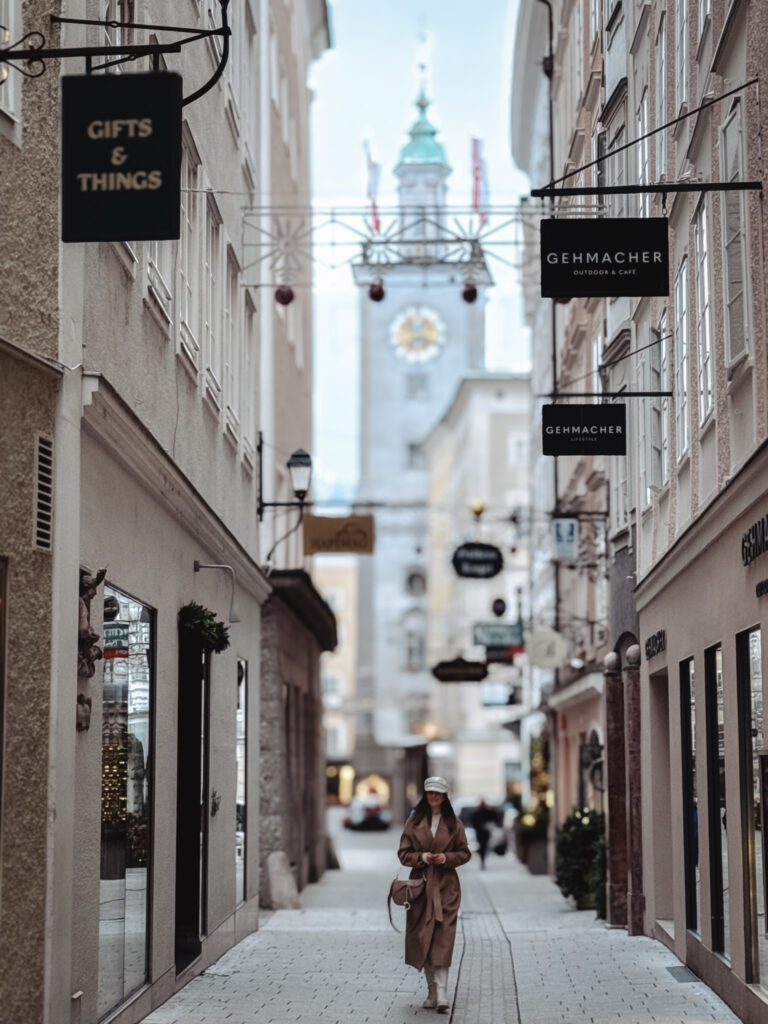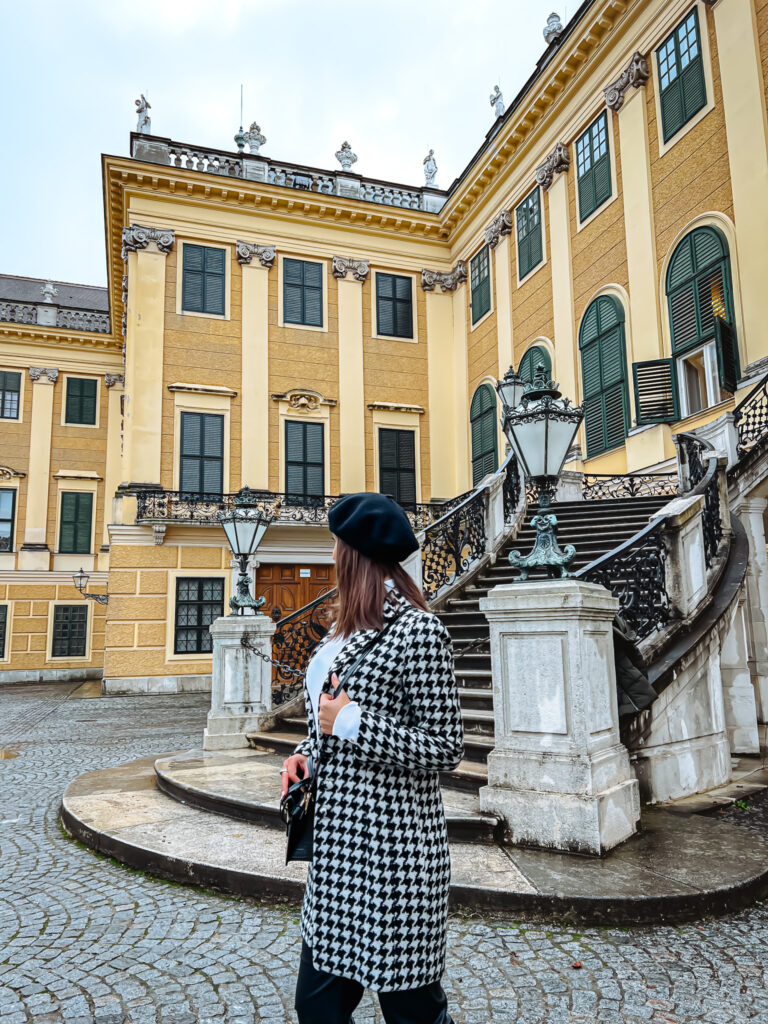
When most people think of Austria, rolling green hills, skiing, Christmas markets, and The Sound of Music come to mind. And while the country does have all of this, it also has so much more!
For music lovers, it’s the home of Mozart. For foodies, it’s home to the Wienerschnitzel. For outdoor lovers, you can paraglide, raft, and hike in every corner of this picturesque country.
No matter your interests, Austria likely has something just for you.
The minute you arrive, the country’s charming villages will take you by surprise and have you feeling like you stepped into a Disney fairytale.
best time to visit
The best time to visit Austria largely depends on your preferences for activities and the experiences you wish to have.
Winter in Austria can be pretty chilly, but there’s something spectacular about the holiday spirit and walking around the Vienna Christmas markets.
For winter sports enthusiasts, the months from December to March are ideal, as Austria’s Alps offer some of the world’s premier skiing destinations with reliable snowfall and picturesque landscapes.
On the other hand, if you prefer milder weather and the opportunity to explore Austria’s vibrant cities, lush vineyards, and blooming alpine meadows, the spring (April to June) and fall (September to November) months provide pleasant temperatures and fewer crowds. These shoulder seasons are perfect for hiking, sightseeing, and enjoying cultural events. This is also the season of the Salzburg Festival, Vienna Festival, and the Rainbow Parade!
Summer (July and August) is peak tourist season, offering warm temperatures ideal for lake visits, outdoor festivals, and mountain trekking, albeit with the trade-off of more visitors and higher prices. Therefore, determining the best time to visit Austria hinges on the activities and experiences you prioritize during your trip.
know before you go
Time zone: Central European Time
Language: Austrian German
Currency: Euro
Credit Cards: Contactless payment (tap to pay) is accepted everywhere. But I always recommend having cash on you for small purchases, particularly for the Christmas markets.
Plugs: In Austria, the plugs are type F, the standard voltage is 230V, and the standard frequency is 50Hz. I recommend buying a universal adapter (make sure it has surge protection) and using a converter for hot tools.
Safety: Austria is very safe, with the most dangerous crimes being pickpocketing and petty theft. Practice common sense and take precautions, and you won’t have any problems during your visit.
Getting Around: I love traveling through Austria by train. Trains are efficient and offer many high-speed routes. And the best part is you can sit back and relax as you cross the beautiful countryside.
Stay connected in Europe!
You’ll use a lot of data daily when traveling through Austria, whether navigating on Google Maps, posting to social media, using a translator app, or reading my blog 😉 To avoid excessive roaming charges or relying solely on Wi-Fi, consider getting an eSIM. My recommended option for staying connected in Austria is AirAlo! I’ve been using it for years now. You can check more about my experience with them here. Their eSIMs are easy to install, reliable, and have incredible speeds. The best part? If you’re traveling to multiple countries within Europe, they also have a Europe eSIM.
TRAVEL GUIDES
bucket list experiences









